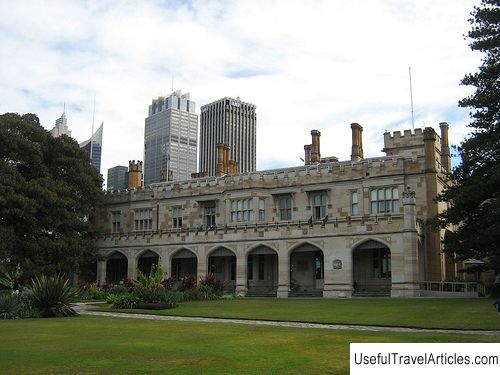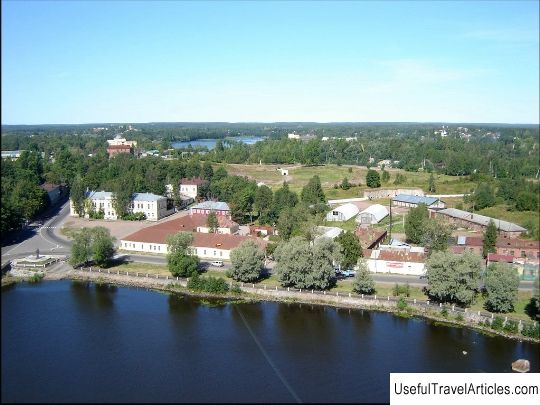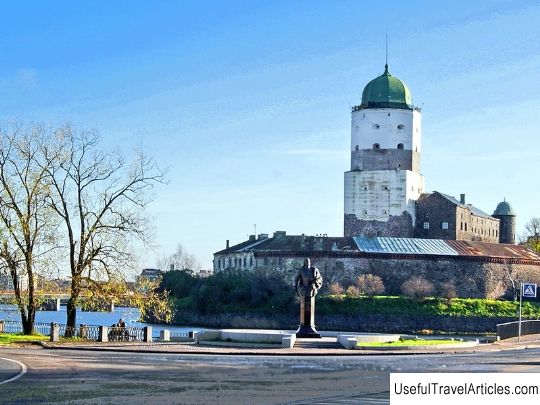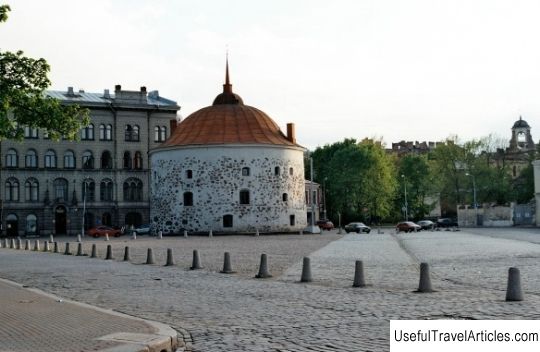East Vyborg fortifications (Battery Mountain) description and photos - Russia - Leningrad region: Vyborg
Rating: 8,3/10 (6054 votes) 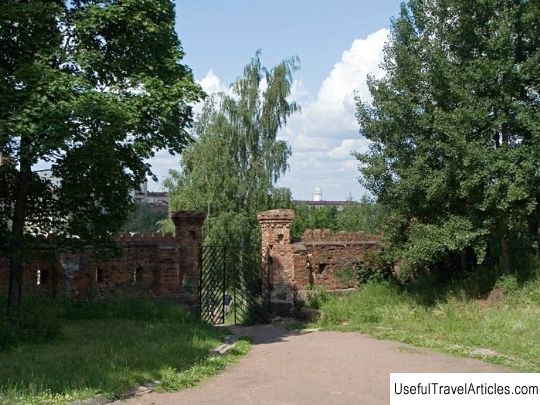
East Vyborg fortifications (Battery Mountain) description and photos - Russia - Leningrad region: Vyborg. Detailed information about the attraction. Description, photos and a map showing the nearest significant objects. Photo and descriptionEast of the center of Vyborg in 1863-1870. the East Vyborg defensive fortifications were erected. After the end of the Crimean War, defensive and fortress structures along the perimeters of cities began to be erected in a new way: now the possibility of a circular defense was taken into account. As for Vyborg, after the demolition of the old Horned Fortress, the city from the east was left without protection. Knowing this, Minister of War Milyutin in April 1863 turned to Emperor Alexander II with a report on the need to erect barriers 12 versts from the city. Three months later, in a letter from Inspector General E.I. Totleben, there was a mention of plans to build new fortifications of Vyborg in 1864. Then the city was visited by Captain Kalugin, and a little later - General Count Leders, who drew up a memorandum for the emperor. According to his project, a year later, the construction of new fortifications began, which later began to be called the East Vyborg. In front of the Petersburg suburb, four separate redoubts with special ammunition storage facilities, for three batteries and an advanced structure were to be erected. The strip of the East Vyborg fortifications stretched from Papulanlahti Bay to Hovenlahti Bay. On the Wartsmaninvuori hill, at a height of 30 meters, the central section was located, where the largest number of batteries was located. There was a mixed forest in this place, and the coast was strewn with large granite boulders. The hill became known as Battery Mountain. The main part of the work took place in 1864. The construction in front of the curtain of the ditch was of great difficulty. It was made with explosions. Until now, many wells can be found in granite massifs, where explosives were laid. All structures, except those located on the left flank, were stone. The breastworks of four redoubts cut through the fortress. A glacis was arranged in front of the moat. 7 more powder magazines were made next to the installed guns. To enable the flanks of the fortress to communicate, a brick underground passage was built. The porch and the passages to it were made in 1870 The list of buildings of the East Vyborg fortifications included, in addition to 4 redoubts, 3 batteries, grades, powder magazines, porches, wooden sheds for ammunition, spare powder magazines, barracks , 5 wells and guard houses. All structures were plastered and whitewashed. Construction of the East Vyborg fortifications cost Russia 1 million rubles. The direct control was carried out by the head of the Vyborg engineering department, Lieutenant Colonel Kislyakov. In 1885, there were 123 guns in the fortifications: 28 unicorns, 69 cannons, 26 mortars. By 1892, the number of guns increased to 179: 16 smooth-bore mortars, 34 smooth-bore guns, 100 rifled guns, 20 rapid-fire guns. At the beginning of the 20th century, a red brick wall with imitation of loopholes was erected on the Vyborg side. Machicules to enclose military warehouses and as a decorative decoration. The East Vyborg fortifications were not remembered until the Russo-Japanese War. After its completion, it was decided to make a defensive stronghold there. A gendarme house, granite and brick walls, a kitchen were built here. By the time the October Revolution began, the East Vyborg fortifications were very obsolete and were transferred from the military department to the city one. The East Vyborg fortifications played their role only in the war with Finland. Vyborg, being a stronghold of the Bolsheviks, was surrounded, and the counter-revolutionaries who were at that time in the city freed the White Guards who were in custody in the castle and were able to capture the East Vyborg fortifications. However, in a battle that took place on April 25, 1918, the Bolsheviks drove them out of there. In order for the remaining ammunition in the basements not to end up in the hands of the enemies, they decided to destroy them. Here in February 1940 the offensive of the Red Army units was suspended. Finnish troops held these positions until the conclusion of peace. Now Battery Mountain is located between the quarters of the historical buildings of Vyborg and new areas. The East Vyborg fortifications are not only valuable examples of serf architecture of distant history, but also remarkable monuments of the military glory of the Russian people. A park of culture and recreation is currently located in the East Vyborg fortifications.         We also recommend reading Reserve ”Vendicari” (Riserva della Vendicari) description and photos - Italy: Sicily island Topic: East Vyborg fortifications (Battery Mountain) description and photos - Russia - Leningrad region: Vyborg. |
